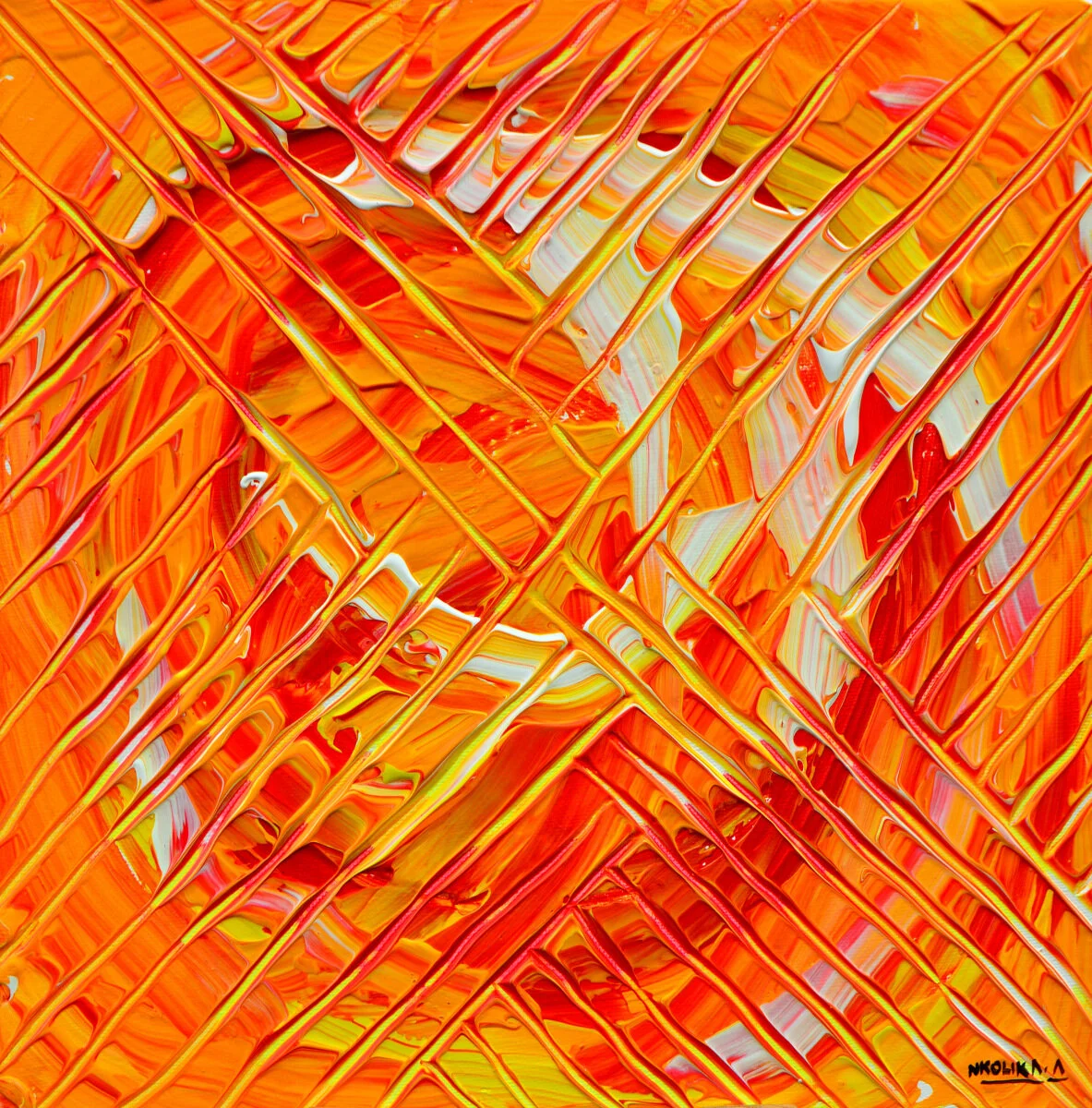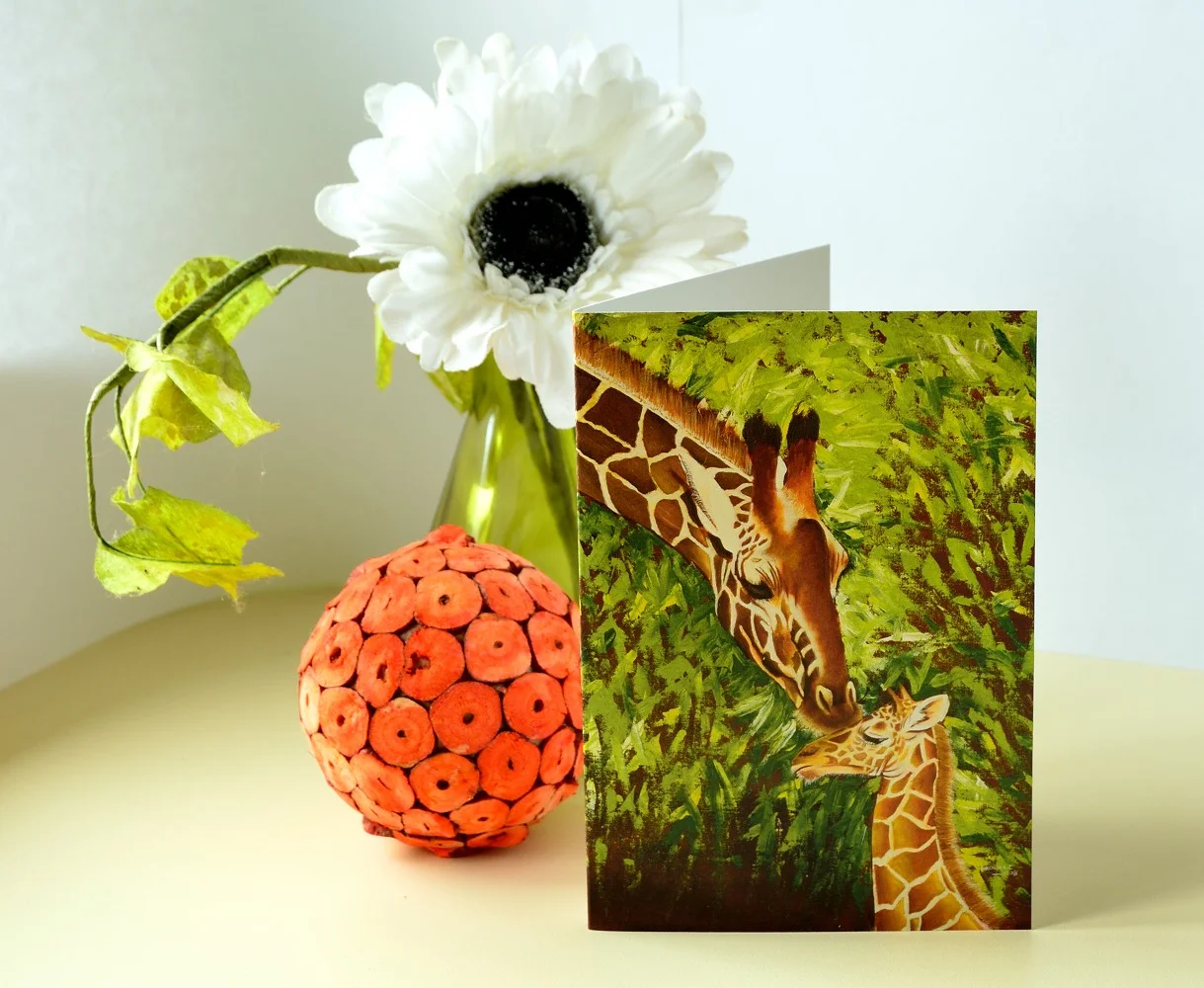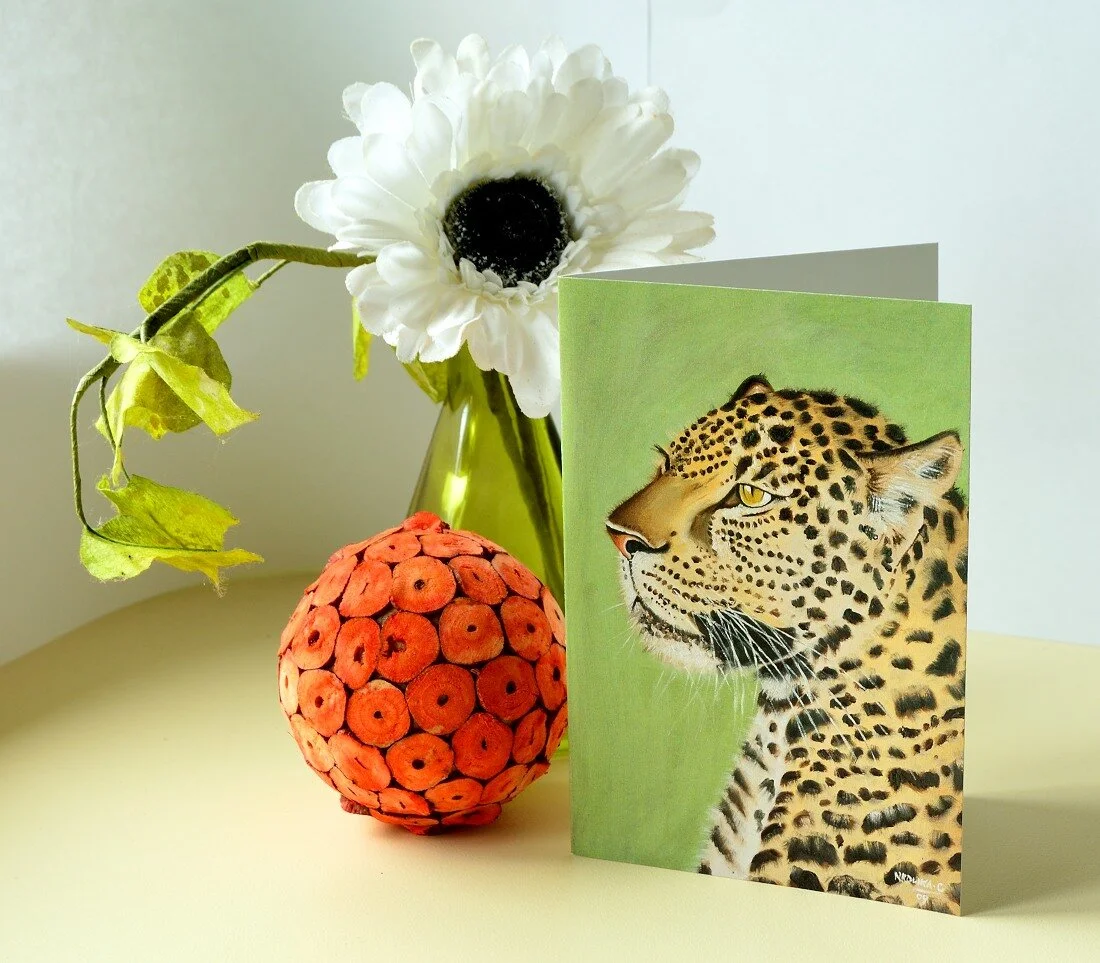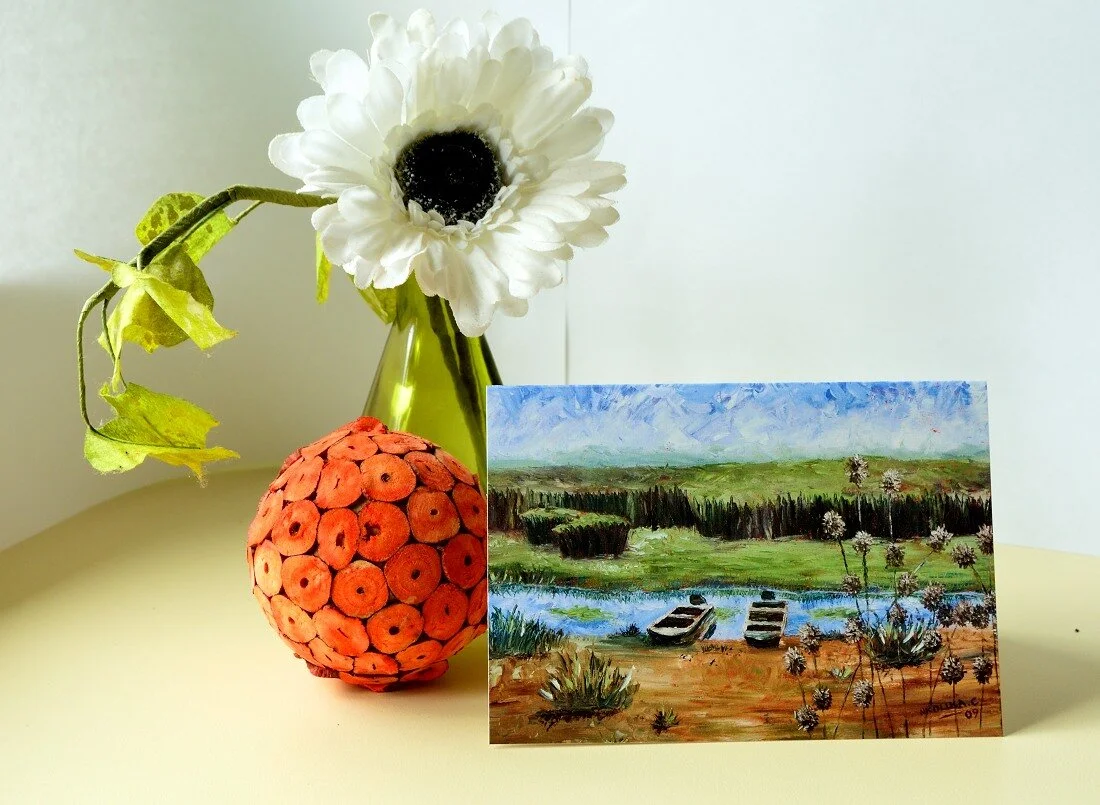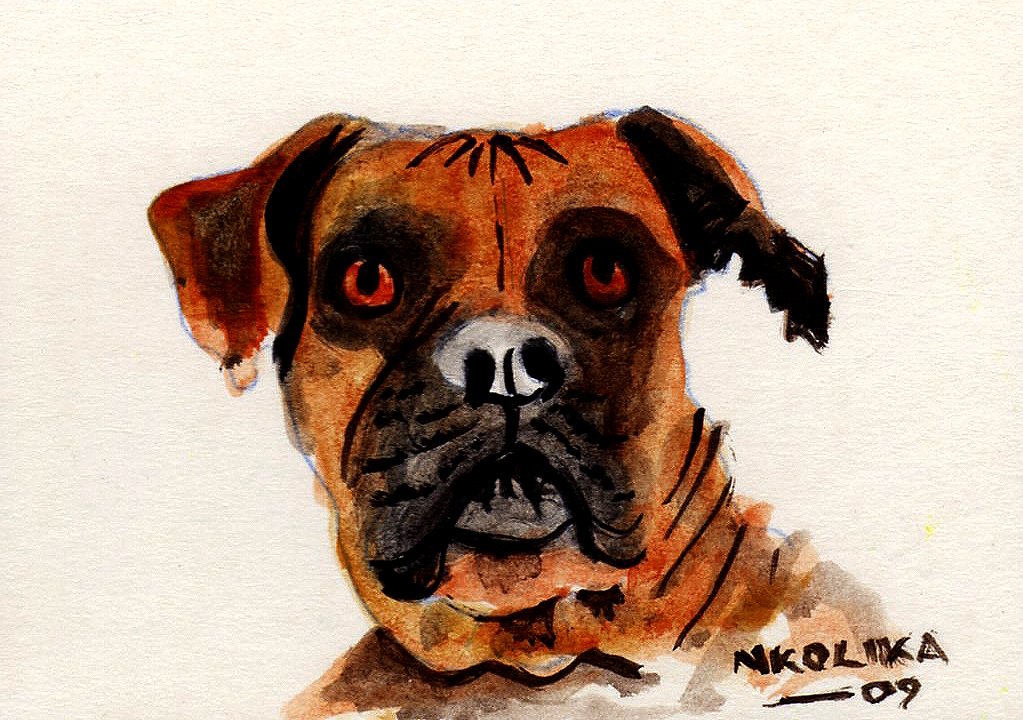Painting surfaces or supports
A Painting surface or support is the surface on which paint is applied and it depends on the kind of painting media (i: e paint) you have chosen to use.
There are different types of painting surfaces or supports that can be used for painting e: g canvas, hard board, paper or even a wall.
Blank ACEO canvases
I have tried out all sorts of painting surfaces or supports and as much as I regretted using some I enjoyed using others. In a world of personal discoveries, I feel the one riddled with mistakes is the more exciting one. I have made a lot of mistakes and wasted a lot of paint.
But as difficult as it may seem, I am grateful for them all as they have made me a better artist than I was 10 years ago.
I paint with mostly oil paint and acrylic paint so I would naturally emphasize more on the painting surfaces that could be used for the 2. I will give a very brief note on the painting surface that could be used for watercolour.
Bear in mind there are so many types of painting media so the best thing is to figure out which one you are more comfortable with and focus on that.
Painting surfaces or supports for Oil Painting:
Oil paint is my favourite painting medium (the reason being it is so forgiving and flexible; 2 things an artist who is learning on the job needs!). Oil paint can be applied to almost any surface if it has been prepared adequately.
The process of preparing a surface for oil painting is called priming.
To prime, a surface simply means to apply a coat to a surface to prepare it for paint. Priming ensures better adhesion of paint to the surface, increases paint durability, and provides additional protection for the material being painted.
You may want to read this article on the different Oil painting techniques.
Surfaces that can be used for oil painting include:
DIY Canvas boards
Canvas (stretched and primed).
Chipboard.
Pinewood.
Raw linen canvas.
Cardboards.
Composite woods (e:g hardboard, blockboard)
The most popular painting surface or support for oil painting is canvas. It can be bought ready stretched and primed or it can be bought in the raw form ready for priming and stretching.
I buy ready primed canvas in large rolls (as they are cheaper!) and either use them like that or apply 1 or 2 extra layers of primer before I use them.
Painting Surfaces or Supports for Acrylic Painting:
Acrylic paint is very beautiful but can be very annoying and frustrating to use. Somehow when I was starting off in my world of painting I thought acrylic paint could be applied to any surface (I do not know where I got that notion!); but I soon discovered it is not true.
Though it can adhere to many surfaces; it is best to avoid surfaces that are oily or contain wax.
I particularly enjoy the versatility of acrylic paint as it can be used on cardboard, plywood, chipboard, hardboard, canvas boards or canvas cloths, watercolour paper and canvas paper.
Any untreated cotton or linen will accept acrylic as well as wood, plaster works, earthenware or concrete. This is what I consider the most beautiful quality of acrylic paint.
DIY Canvas boards
Painting Surfaces or Supports for WATERCOLOUR:
I remember the paintings I did with watercolour while in high school. I loved them and I admire watercolour paintings. They are so bright and lively and watercolour is a very clean medium to use. But I still haven’t gotten around to using it again.
Quite frankly I feel in order to use watercolour; one has to go to a special school where skills like patience and enduring frustrations can be learnt. Guess I might give it a shot sooner or later.
The painting surface or support for watercolour is paper.
Generally, the papers used for watercolour are white or slightly tinted. Most watercolour papers need to be stretched. This prevents the paper from puckering.
To start with you will be safe enough if you buy any paper which says it is suitable for watercolour.
I have painted on hardboard, canvas, paper, suede cloth, pinewood and earthenware. The bottom line is I have tried out anything worth trying and I love the different effects the different surfaces can give to a painting.
Which painting surface you choose to use is really all dependent on you!
You can start with anything whatsoever, so long as it is free of oil and wax (if using acrylic paint) or prepared to accept oil paint (primed). The painting surfaces I listed above are just a list of the very many different surfaces you could try out.
When I started painting with oil paint and acrylic paint, I often restricted myself to the “well known” surfaces which “professionals” used; not because I loved them but because that was what everyone seemed to be using.
But over time I have learnt to use anything whatsoever I felt comfortable with and I have produced some really remarkable works through that.
Confidence and guts are the keys you need to start painting!
As a doctor, I have come across diseases that present in “atypical” ways. At such times, textbook knowledge becomes useless and you rely more on gut feelings and experience to get you through. The same thing applies to art and painting.
There are times when “atypical” methods and surfaces produce remarkable results. Again, confidence and guts are the keys!
I hope you’ll find the courage to step out and try something different. Dare to be different!
All the very best and remember your limits can only be set by you.
